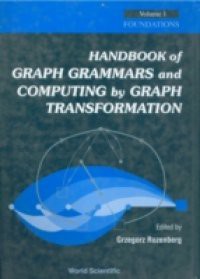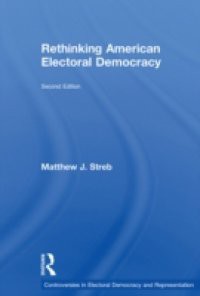Graph grammars originated in the late 60s, motivated by considerations about pattern recognition and compiler construction. Since then the list of areas which have interacted with the development of graph grammars has grown quite impressively. Besides the aforementioned areas it includes software specification and development, VLSI layout schemes, database design, modeling of concurrent systems, massively parallel computer architectures, logic programming, computer animation, developmental biology, music composition, visual languages, and many others.The area of graph grammars and graph transformations generalizes formal language theory based on strings and the theory of term rewriting based on trees. As a matter of fact within the area of graph grammars, graph transformation is considered a fundamental programming paradigm where computation includes specification, programming, and implementation.Over the last 25-odd years graph grammars have developed at a steady pace into a theoretically attractive and well-motivated research field. In particular, they are now based on very solid foundations, which are presented in this volume. Volume 1 of the indispensable Handbook of Graph Grammars and Computing by Graph Transformations includes a state-of-the-art presentation of the foundations of all the basic approaches to rule-based graph specification and transformation: algebraic approach, logic approach, node-based rewriting, (hyper)edge-based rewriting, programmed graph rewriting, and 2-structures. The book has been written in a tutorial/survey style to enhance its usefulness.Contents:Node Replacement Graph Grammars (J Engelfriet & G Rozenberg)Hyperedge Replacement Graph Grammars (F Drewes et al.)The Expression of Graph Properties and Graph Transformations in Monadic Second-Order Logic (B Courcelle)Algebraic Approaches to Graph Transformation — Part I: Basic Concepts and Double Pushout Approach (A Corradini et al.)Algebraic Approaches to Graph Transformation — Part II: Single Pushout Approach and Comparison with Double Pushout Approach (H Ehrig et al.)2-Structures — A Framework for Decomposition and Transformation of Graphs (A Ehrenfeucht et al.)Programmed Graph Replacement Systems (A Schürr)Readership: Computer scientists and mathematicians.Key Features:It is evidence based, compiled by experienced experts















